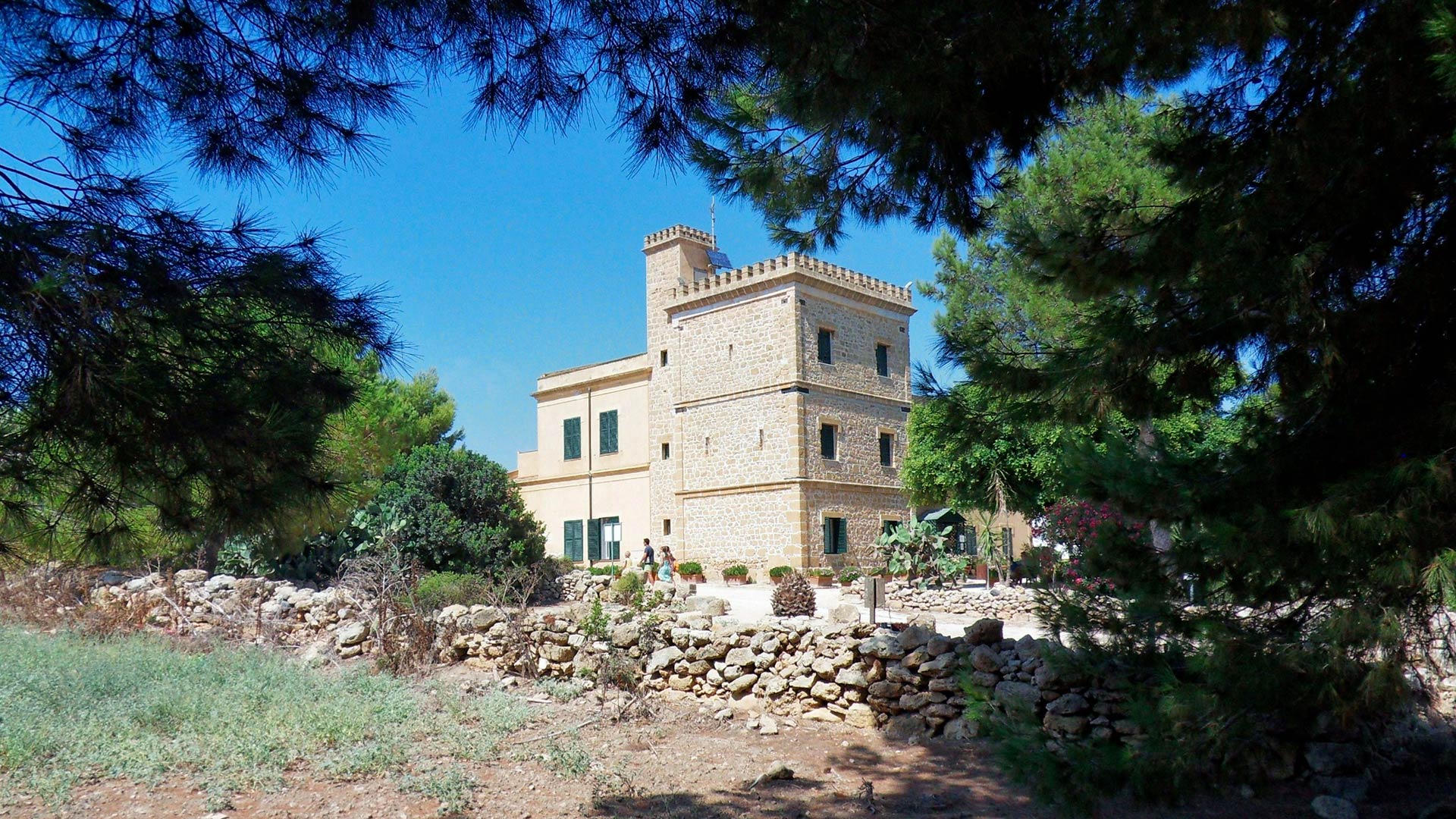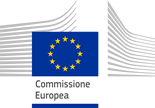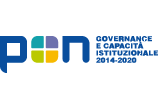
Mothia and a sea of history to tell
The pride of the people of Marsala and a Mediterranean gem is surely the island of Mozia, located in the Stagnone Lagoon of Marsala. It’s a small island, but it literally has a sea of history to explore that contains fascinating discoveries already unearthed and other secrets hidden among the shallow sands or farther depths.
Mothia began as a Phoenician emporium in the 8th century B.C. and later became one of the most prosperous and fervent Phoenician settlements in the entire Mediterranean.
The waters of the sea, in fact, have given us finds of priceless historical uniqueness, such as the remains of the Punic ship exposed at the Baglio Anselmi Archaeological Museum in Marsala, unearthed thanks to the archaeologist Honor Frost and her team of researchers, equipped with a very large kit of the most diverse and unthinkable objects, including daggers, a broom, a mortar and Cannabis leaves (which were used to soothe the wounds of sailors).
Even on land, however, there are centuries and centuries of history layered in the island's sacrifical archaeological sites, such as the Tophet, the Cothon and the Cappiddazzu Sanctuary. In fact, it is possible to learn about the fabulous world of the Phoenicians under the ancient amphora shards and among the steles depicting the Goddess Tanit or the God Baal-Hammon and the various cinerary urns. Nevertheless, even in more recent times the history of people from Mothia, has continued to arouse interest and astonishment, for instance from the Englishman Joseph (called Pip) Whitaker, related to the Ingham family, who was so fascinated and amazed by the unusual history of the island that he decided to move to Mozia, where he had his villa built, and started numerous excavation works that also brought to light the Young Man of Mozia, the sneering mask (at the moment the only one in the world) and the sculpture of the bulls.
The context within which the project chosen for Opencoesione's monitoring will be carried out shows a tourist vocation for its environmental characteristics, not only related to the Stagnone area, but in particular to the island of Mothia thanks also to its history and for the Museum that continues to be the beating heart of the island.
Since 9th May 2023 (effective start date), the Whitaker Foundation has received a financing from the European Regional Development Fund (ERDF) related to the 2014-2020 programming, POR FESR Sicilia program, in reference to the Axis on environmental protection and the promotion of efficient use of resources, related to the improvement of the conditions of the standards of supply and the use of the cultural heritage of the foundation and, in particular, the Whitaker Museum.
We, pupils of class III C of the Liceo Classico of Marsala, led by teachers Luca Facciolo and Pieranna Bianco, are monitoring the previously described project, through careful research of data related to the progress of payments, the annual influx of tourists, the creation of graphs and the study of data related to Birgi airport and the study of ISTAT graphs. In addition, we know that a public cost of €300,000.00 was also monitored to take advantage of the resources needed to implement the project.
Although the actual start of the project was set for the 23rd of January 2023, it was eventually agreed that it would start on the 9th of May 2023.
The question that initiated this phase of the research was to understand through research and data analysis how much air traffic from the nearby Birgi Airport affects the number of annual visitors to the Museum.
Consequently, with the project initiated, the European Union has also placed its contribution in the initiative, already pouring 80% of the pre-established funds into the work of improving fruition at the island.
With the help of Professor Facciolo, we carried out research that relates museum attendance and traffic at Birgi Airport (Graph 1). From our investigation, regarding data between 2018 and 2022, the following observations emerged:
- Air traffic only partially affects the total volume of visitor attendance, as we have been able to show that from 2018 to 2020 the number of people who went to the museum decreased by a little more than half, while the airport traffic decreased much more, precisely by 294.943 passengers, proving that Mothia and its museum continue to interesting either among people living on the Marsala coast and the corresponding schools, or among tourists and visitors who reach the island by means other than air. Regarding the various educational institutions, the number of visitors at the museum has remained high thanks to the administration's contribution of financing the increase in furniture and equipment for teaching. Thus, the airport traffic has not particularly affected the decrease in tourists.
- Despite the pandemic crisis that erupted in March 2020, Mothia continued to attract tourists during the summer period, even though in very small numbers.
At this point the research focused on other data, analyzing other numerical indicators taken from the ISTAT website.
Also in relation to the relationship we analyzed between overnight stays in Marsala in hotel accommodations and the progression of annual visitors (Graph 2) to the museum of Mothia, we deduced that the type of visitors to the museum is not closely related to tourists who stay overnight in the Marsala area.
Regarding the bibliography, the data used in the research were provided by the following sites:
https://opencoesione.gov.it/it/dati/progetti/1si26341/
• https://www.airgest.it/dati-di-traffico/
• https://www2.regione.sicilia.it/beniculturali/soprintp/sbca_trapani/ammi...
•https://esploradati.istat.it/databrowser/#/it/dw/categories/IT1,Z0700SER...














